Know the major differences between IELTS Academic and IELTS General Training Tests. IELTS Academic Test is to get admission in universities/colleges, whereas General Training is for migration purpose.
Table of Contents
- IELTS General Training vs Academic Test
- IELTS Academic and General Difference in Scores
- IELTS Academic and General Difference in Content
- Which One is Easier: IELTS General vs IELTS Academic?
- How to Decide Between Academic and General Training IELTS?
- Differences between the IELTS Writing Sections
- How to pass IELTS Academic or General?
- Similarities in IELTS Academic and General Training
Are you planning to appear for an IELTS exam? Well, then you need to know the difference between IELTS Academic and IELTS General Training. IELTS Academic evaluates whether your English level is suitable for an academic environment. So, if you wish to pursue higher education ( bachelor’s, master’s, doctoral degrees, etc.) in an English-speaking country, you need to take the IELTS Academic exam.
In contrast, the IELTS General Training exam assesses your English language proficiency in an everyday setting. This type of test will be needed if you plan to emigrate or work in an English-speaking country. This article will provide you with a deep insight into the difference between the two formats, what each of them can provide for you, and what else you’d need to look out for.
IELTS General Training vs Academic Test
The major difference between the tests is the formats. IELTS is not just one exam; it has two formats. Academic IELTS is useful for those who wish to join a school/university or register themselves in an organization or association. General IELTS is for working professionals, immigrants, or anyone applying to secondary programs. Here’s what each of them contains:
- The IELTS Academic Test: The test features the use of academic English, covering topics that are usually taught in schools and other academic institutions. This is perfect for students, and college-goers and can also be used for some registration purposes.
- The IELTS General Training: The training features conversational English specifically for social and professional environments and contains information related to general topics, perfect for working professionals and immigrants.
IELTS Academic and General Difference in Scores
The scores for each of the IELTS formats are calculated based on bands. The Overall Band Score, so named, is the rounded-off average of the scores of all four components. The round-off is done either to the nearest whole band or half band. Each of the component scores is weighted equally.
Here’s an example to help you understand how the average number of marks you require to obtain a certain band score in the reading component of the formats:
| IELTS Reading Score Differences | |||
| Academic Reading | General Training Reading | ||
| Band Score | Raw Score | Band Score | Raw Score |
| 5 | 15 | 4 | 15 |
| 6 | 23 | 5 | 23 |
| 7 | 30 | 6 | 30 |
| 8 | 35 | 7 | 34 |
| - | 8 | 38 | |
As you can see here, the higher your score is, the higher the band score you’d rank to. If you’re not sure what relevance these band scores play, the short version is that higher Band scores will put you in prestigious colleges due to your excellence in the English language. Here’s a list of colleges that accept IELTS scores if you are curious.
IELTS Academic and General Difference in Content
The two tests are different in some aspects, namely how the Reading and Writing components work.
The main difference between IELTS writing in Academic and General test formats is that the former contains 3 long texts. These texts are taken from books, newspapers, and journals and are largely targeted toward a general audience. The latter contains 3 sections instead of texts.
The quantity of text increases in parallel to the increase in section number; Section 1 contains the shortest texts from various marketing material; Section 2 contains two pieces of text; Section 3 contains a single, large text originating from multiple commercial sources such as newspapers and the like. The IELTS exam pattern will give a deeper insight into what these texts would contain exactly.
Which One is Easier: IELTS General vs IELTS Academic?
One of the age-old questions that tend to pop up is, “Is IELTS General Training easier than Academic Test?” The answer to that isn’t exactly simple since the content involved can differ in relevance for certain individuals.
With that said, General Training IELTS is likely easier for most folks because the concentration of Academic Test IELTS is on academic English as opposed to conversational English. According to a pool of test-takers, obtaining a score of 30 out of 40 in the General Training IELTS is almost as equally difficult as achieving a score of 25 out of 40 in the Academic Test IELTS.
For this reason, the scores for both formats fall under Band 6. The Listening and Speaking sections for both formats have little to no difference from each other. Conclusively, IELTS General Training is easier and a better choice than IELTS Academic Test if you are worried about either the score-based queries or other professional endeavours.
How to Decide Between Academic and General Training IELTS?
Depending on the use case, you’ll have to figure out which IELTS format to choose over the other. For instance, the Canada Express Entry requires you to take IELTS General Training. Why? Because General Training IELTS is perfect for those planning to either emigrate to Canada and get Canada PR or take up a paid opportunity there.
Canada requires you to provide proof of your English language skills, and there’s no better way to obtain proof of it other than to go for IELTS General Training. You’ll also be required to obtain a certain amount of score for each section, depending on what you plan to do there. A good score for General IELTS is said to be between 6.0 to 8.0.
Fun fact: It is possible to change your IELTS module. For example, if your current IELTS module is General Training, then you can change your IELTS General Training to IELTS Academic. A single caveat to this is that the change will only be processed if there are places available for the requested module. So, it’s pertinent that you decide which module best suits your needs at the beginning of your candidacy. Prevention is better than cure, after all!
Differences between the IELTS Writing Sections
The most notable differences in the IELTS Academic and IELTS General Training are in the writing section. The common factor is that there are 2 writing tasks both of which should be completed. Task 1 takes about 33% of the entire writing score followed by task 2 which takes about 66% of the entire writing score. The main difference between both tasks of IELTS Academic and IELTS General Training is explained below:
IELTS Academic Writing
- Task 1: In task 1, applicants have to describe a visual which can be either a line graph, pie chart, table, diagram or map in their own words. A minimum of 150 words but not more than 250 words should be written in about 20 minutes.
- Task 2: In task 2, the applicant has to write an essay based on a topic related to an academic issue. This should include a point of view, argument or problem which needs to be discussed. The essay should be at least 250 words but not exceed 350 words and should take about 40 minutes to complete.
IELTS General Training Writing
- Task 1: In task 1, the candidate should write a formal or informal letter asking for information or explaining a situation as an example. At least 150 words should be written but no more than 250 words in about 20 minutes.
- Task 2: In task 2, the candidate should write an essay on a topic of general interest. This should include a point of view, argument or problem which should be discussed. No less than 250 words and preferably no more than 350 words should be written in about 40 minutes.
Writing Task Samples
Find below some writing task samples for both IELTS Academic and IELTS General Training.
Task 1
Example 1: You live in a shared room in college with another student. However, there are several problems with this arrangement and you are finding it very difficult to work.
Write a letter to the accommodation officer at the college describing the situation and give valid points on why it is difficult to work. Also, mention what kind of accommodation you would prefer to stay in.
Example 2: The chart below shows the number of men and women pursuing further education in Britain in 3 periods and also if they were studying full-time or part-time.
Summarise the information provided by selecting and highlighting the main features and making comparisons wherever relevant.
Task 2
Example 1: In Britain, old people often go to live in a home with other old people where there are nurses to look after them. Mostly the government has to pay for this care.
Who do you think the government or the family should pay for this care? Give reasons for your answer and include any relevant examples from your own knowledge/ experience.
Example 2: The first car appeared on British roads in 1888. By the year 2000, there were as many as 29 million vehicles on British roads.
Alternative forms of transport should be encouraged and international laws need to be introduced to control car ownership and use. Do you agree or disagree and to what extent?
How to pass IELTS Academic or General?
IELTS Academic is generally harder than IELTS General Training and is taken to access a student's readiness for academic studying or training in English. IELTS General Training is taken by students who wish to migrate to an English speaking country, such as Australia, Canada, New Zealand or the UK. Top tips to pass IELTS Academic and IELTS General Training are given below:
- Practise English using resources found online and take advantage of the free practice papers from the British Council. IELTS Indicator can also be used to sharpen your skills from the comfort of your home
- Improve your listening, reading, writing, and speaking skills through different means such as movies/ series, podcasts, songs, and more. Diversify your sources to identify what works best for you. Make use of a dictionary and also study model answers and read books to familiarise yourself with good English usage
- Have everyday conversations in English as the best way to learn is to do. Speak to people who are more fluent in English than you which can help you rectify your mistakes
- Record yourself speaking in English and examine your grammar, accent, and pronunciation, and make corrections if needed. This will help you build confidence which will help you in the speaking part of IELTS
- Work on your weak points by taking note of words or phrases that confuse you or common slip-ups. Improve your writing skills by getting them checked by your teacher or a fluent peer. Rewrite it based on their comments and corrections
Similarities in IELTS Academic and General Training
Both IELTS Academic and General Training consists of 4 parts which come in the order Listening, Reading, Writing and Speaking. The Listening and Speaking test sections in IELTS General Training and Academic tests are exactly the same. Also, both tests can be taken either in paper-based or computer-based format. Both IELTS Academic and General Training tests take about 3 hours to complete and are broken down into various sections as follows:
Listening
- 40 questions
- 40 minutes
Reading
- 40 questions
- 60 minutes
Writing
- 2 writing tasks (one shorter and one longer)
- 60 minutes
Speaking
- 3 sections
- 10-15 minutes
Do you have something to add to the article? Pen your thoughts in the comments, and we’ll see to it if we can add them here!

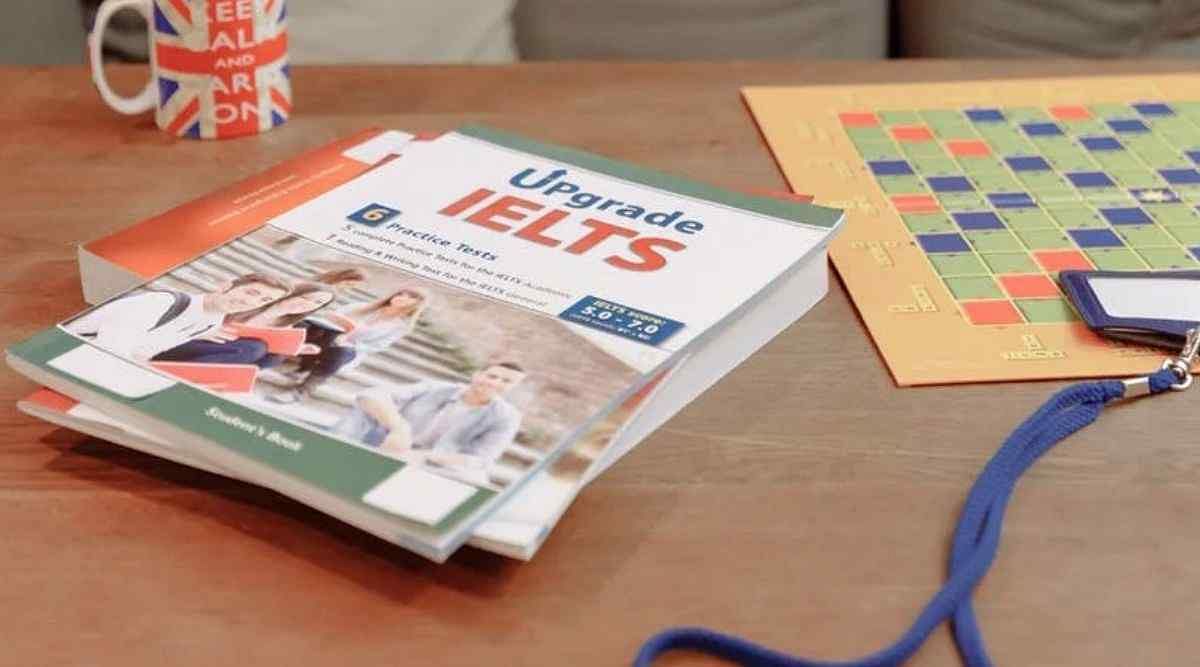





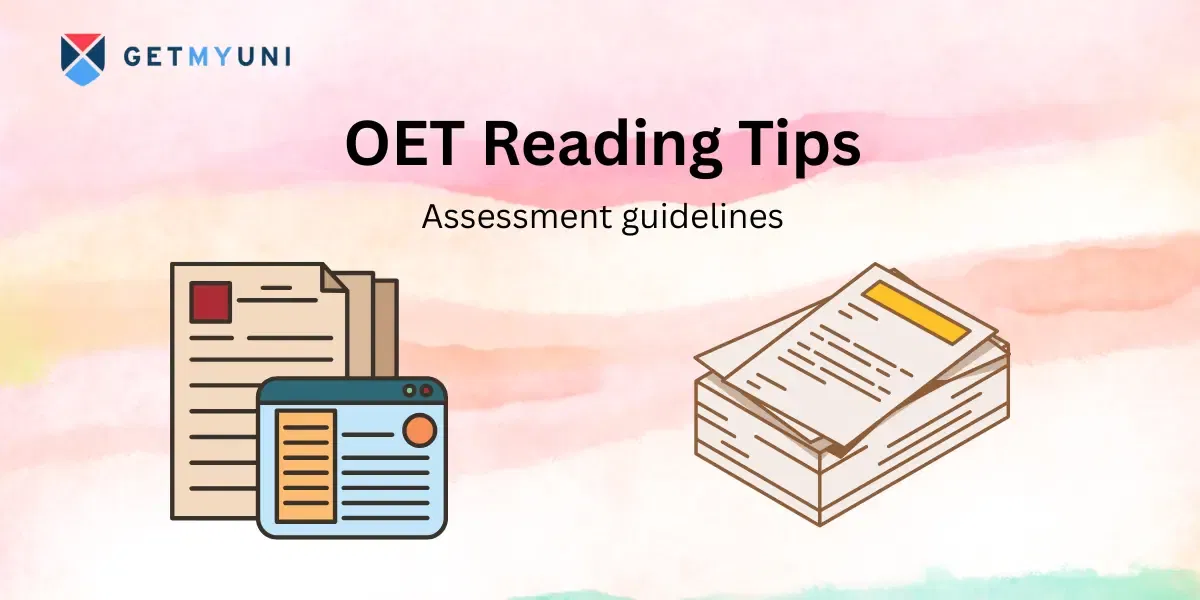





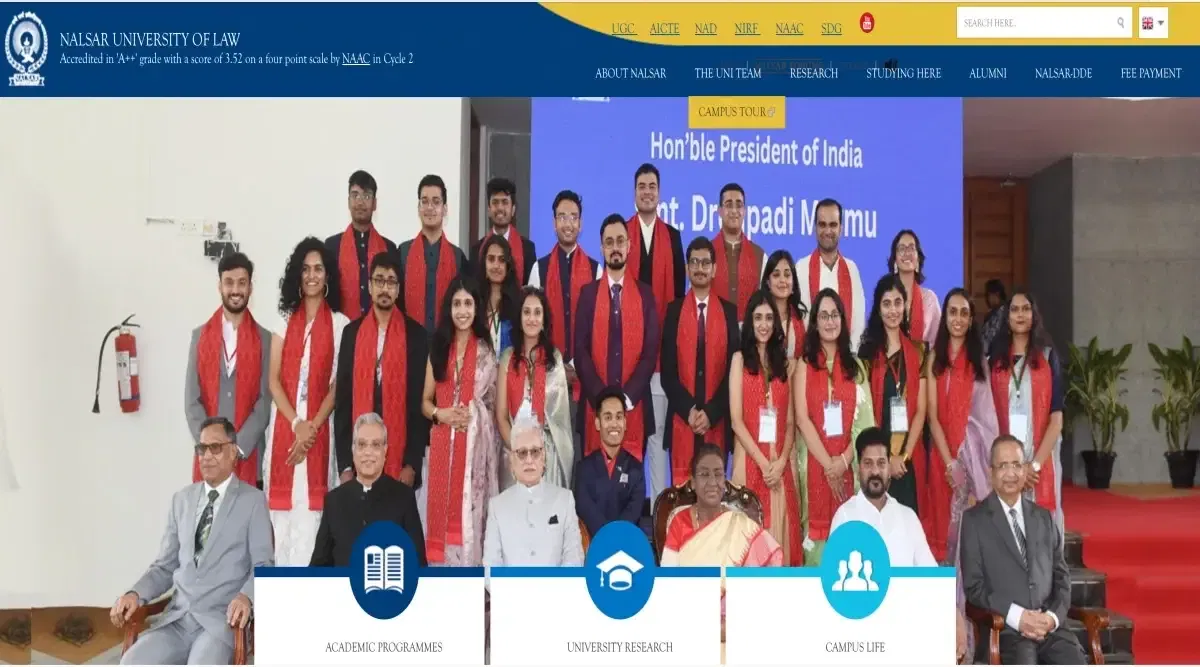

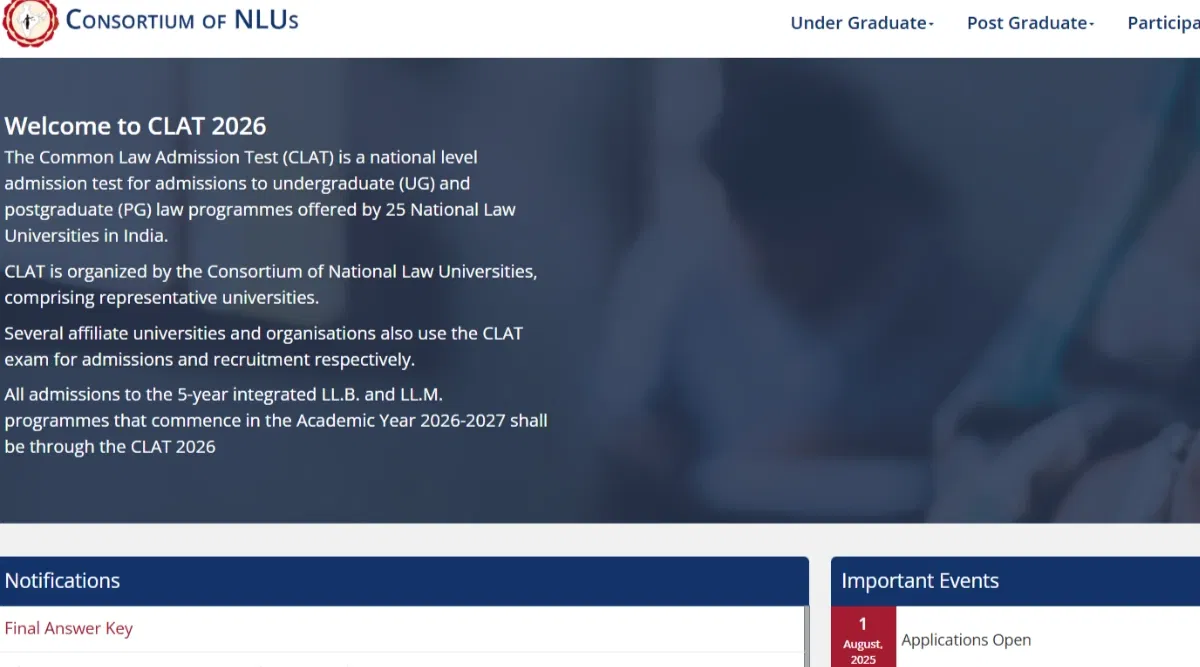





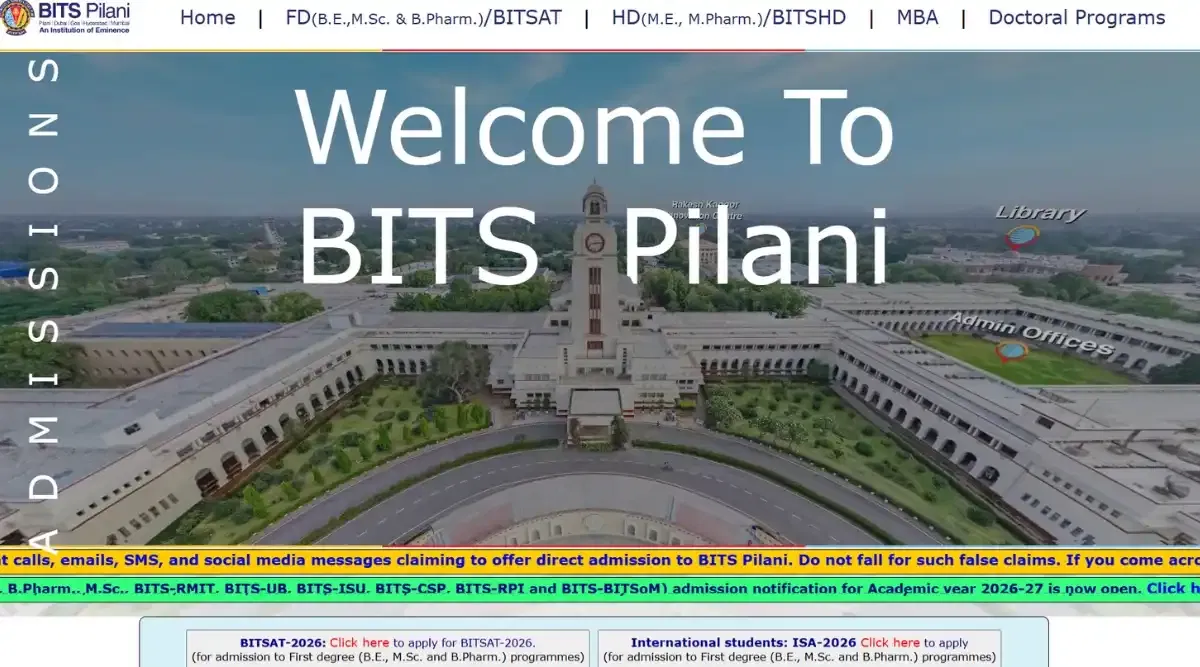

POST YOUR COMMENT